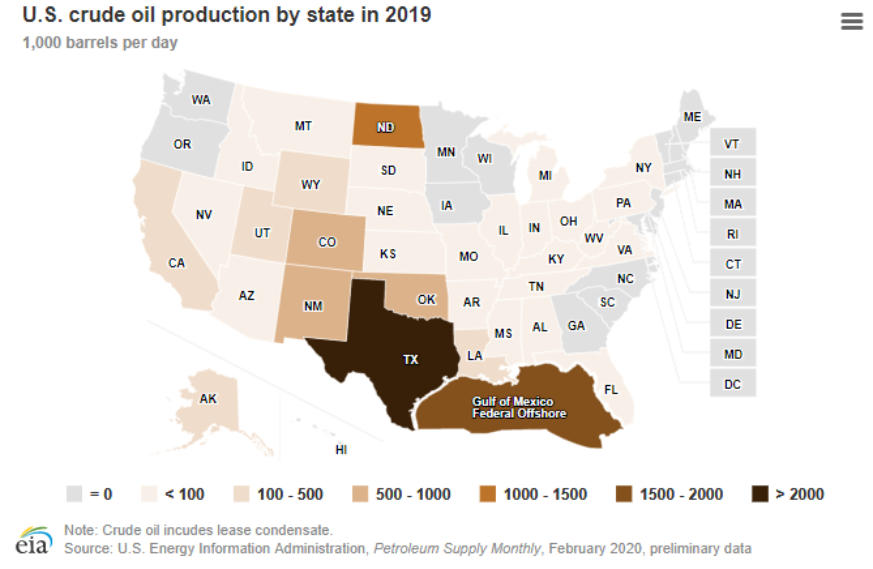

Blog - Oil information
Oil - Energy - Foreign oil dependence - impact of all of the “shale”
findings - who what where - why I’m so confused, who
is telling us truth??
More Questions than answers: Featuring information about oil - production,
refinery’s, Imports and exports - links to webpages, blogs & pdf’s
Flint Hills Resources’ West Refinery in Corpus Christi is getting $250 million in upgrades. The improvements will allow the company to process more Eagle Ford crude and reduce emissions. The upgrades wouldn’t add capacity, but would allow the company to process more South Texas crude. Flint Hills operates two Corpus Christi refineries. The West Refinery that will be upgraded refines 230,000 barrels of oil per day and the East Refinery refines 70,000 barrels per day. Currently, only 50% of the crude processed in the West Refinery is sourced from the Eagle Ford, but additional processing facilities will allow Flint Hills to maximize the use of local supply. The expansion will not be noticeable to the untrained eye and will add 1,000 jobs at the peak of construction.









Resources/Links


Blog - Oil information
Oil - Energy - Foreign oil dependence -
impact of all of the “shale” findings -
who what where - why I’m so confused, who
is telling us truth??
More Questions than answers: Featuring information about oil
- production, refinery’s,
Imports and exports - links to webpages, blogs & pdf’s
Flint Hills Resources’ West Refinery in Corpus Christi is
getting $250
million in
upgrades. The
improvements
will allow the
company to process more Eagle Ford crude and reduce
emissions. The upgrades wouldn’t add capacity, but
would allow the company to process more South Texas
crude.
Flint Hills operates two Corpus Christi refineries. The
West Refinery that will be upgraded refines 230,000
barrels of oil per day and the East Refinery refines
70,000 barrels per day. Currently, only 50% of the crude
processed in the West Refinery is sourced from the
Eagle Ford, but additional processing facilities will
allow Flint Hills to maximize the use of local supply.
The expansion will not be noticeable to the untrained
eye and will add 1,000 jobs at the peak of construction.



Resources/Links
Getting to Market
“We have all these sweet barrels in the Midwest that need to find a home,
and they’re getting to the market by planes, trains and automobiles, you
name it,” said Stephen Schork, president of the Schork Group Inc. in
Villanova, Pennsylvania. “You compound that with increased production in
west Texas and the Eagle Ford, and you have a template for LLS to move to
a discount.”
The capacity to transport light, sweet oil to the Gulf Coast from Cushing and
inland shale formations will expand to more than 2 million barrels a day by
the end of this year and 4.5 million by the end of 2014 from less than 500,000
barrels a day at the end of 2011, Klesse said yesterday.
Valero currently buys about 140,000 barrels of oil a day from Eagle Ford, said
Bill Day, a San Antonio-based spokesman for the company. The crude is
transported by truck to an unloading dock next to Valero (VLO)’s Three
Rivers, Texas, refinery. About 70,000 barrels a day is fed to that refinery, and
the remainder via recently reversed pipelines to plants in Corpus Christi and
Houston.
The company brought two foreign oil shipments totaling 547,000 barrels of
light, sweet crude to Gulf Coast ports in June, down from 4.88 million barrels
in June 2010, data from the Energy Department showed.


























